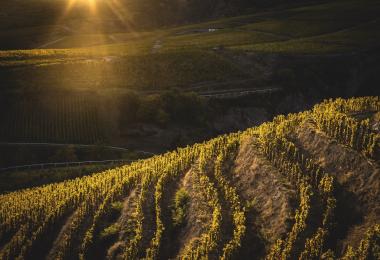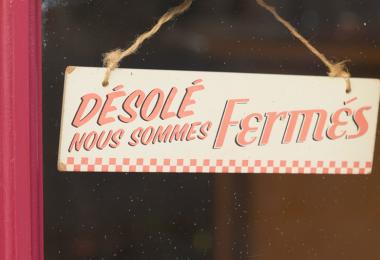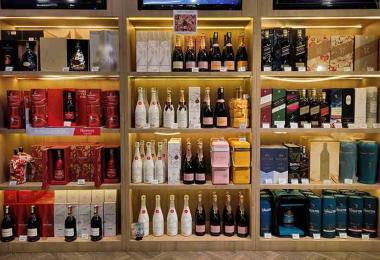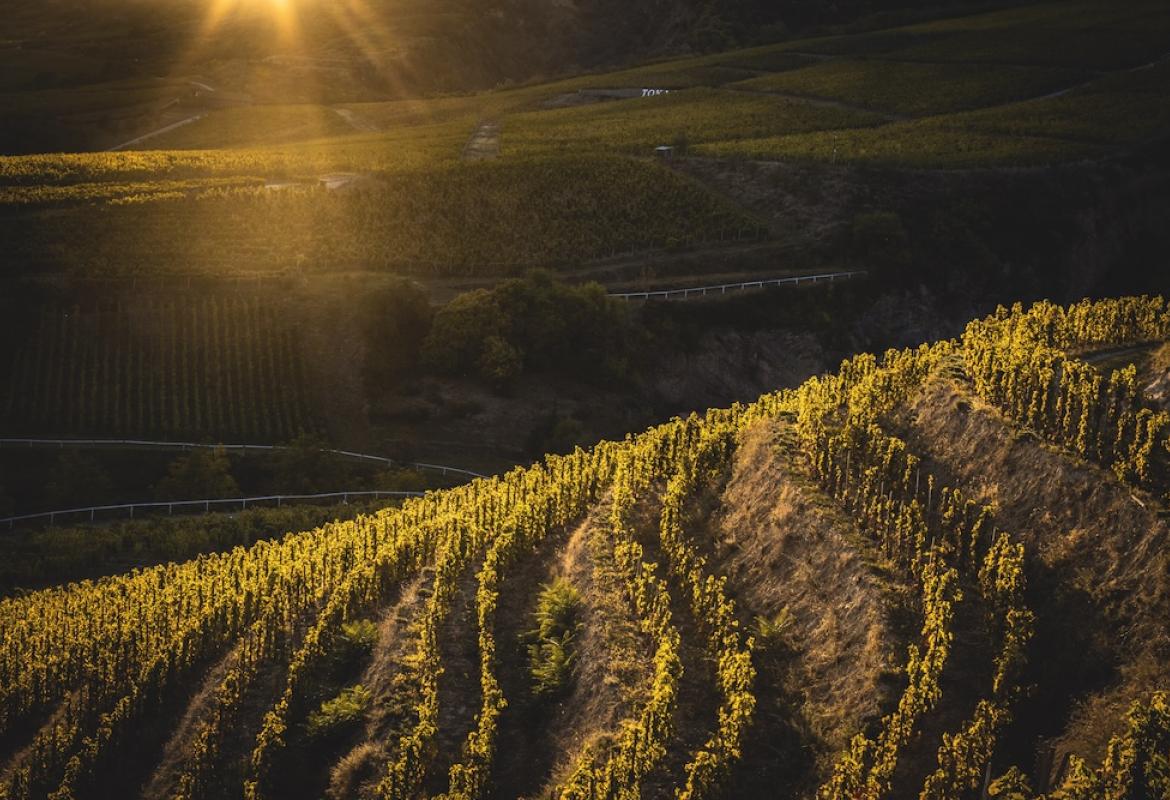The vineyard area certified by the Austrian sustainability program ‘Nachhaltig Austria’ now totals circa 12,000 ha/30,000 ac. According to the Austrian Wine Marketing Board (ÖWM), this area is now twice as large as it was in 2019. The number of certified wineries has tripled during the same period.
As a result, 27% of the vineyard area in Austria is now sustainably certified. A quarter of the vineyards in the Alpine country are also certified organic, with one in ten vineyards being farmed biodynamically, according to the ÖWM.
"It plays a key role in ensuring that Austrian wine is perceived as particularly environmentally conscious."
"The 'Nachhaltig Austria' certification is a globally respected sustainability seal in viticulture. It plays a key role in ensuring that Austrian wine is perceived as particularly environmentally conscious," says Chris Yorke, Managing Director of the ÖWM. The ‘Nachhaltig Austria’ certification was launched in 2015 and is celebrating its tenth anniversary this year.
Similar to other sustainability certifications, the focus is primarily on measures to improve sustainability, with the development of the certified operation being regularly evaluated. Around 380 measures in nine sustainability areas are assessed: Quality, Social, Economy, Climate, Materials, Energy, Soil, Biodiversity, and Water. All measures of an operation are recorded annually in a scientifically developed tool and receive a rating between +10 and –10. Based on this, the program calculates an overall evaluation of the nine sustainability areas using a traffic light system: green, yellow, or red. For successful certification, at least seven of the nine areas must be green, with a maximum of two allowed to be yellow.
A fundamental requirement for certification is the avoidance of glyphosate—other herbicides are theoretically permitted, but no herbicide application is carried out on 83% of the certified areas (compared to 70% in 2019). 77% of certified wineries use renewable energy sources, and 23 wineries are fully energy self-sufficient, according to the ÖWM.
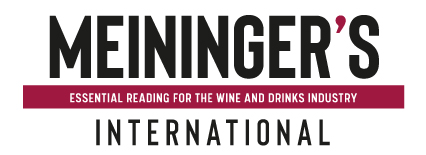
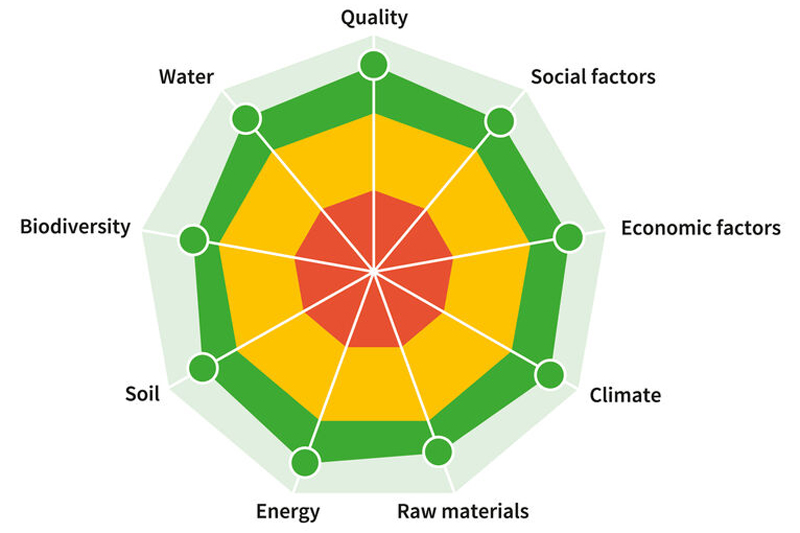
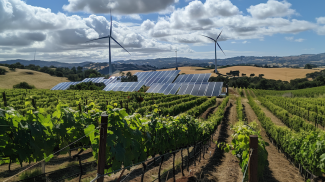
c570.jpg)
